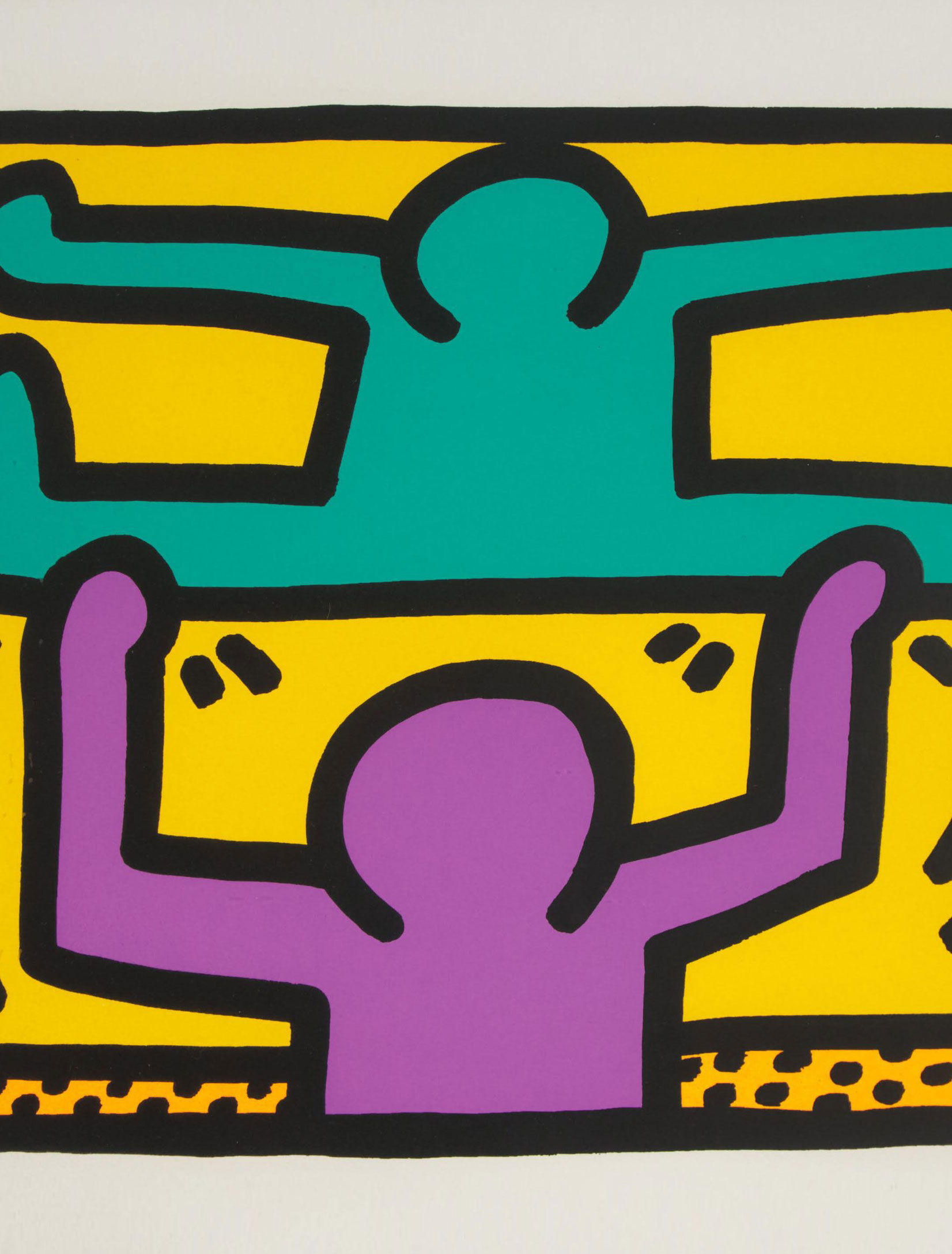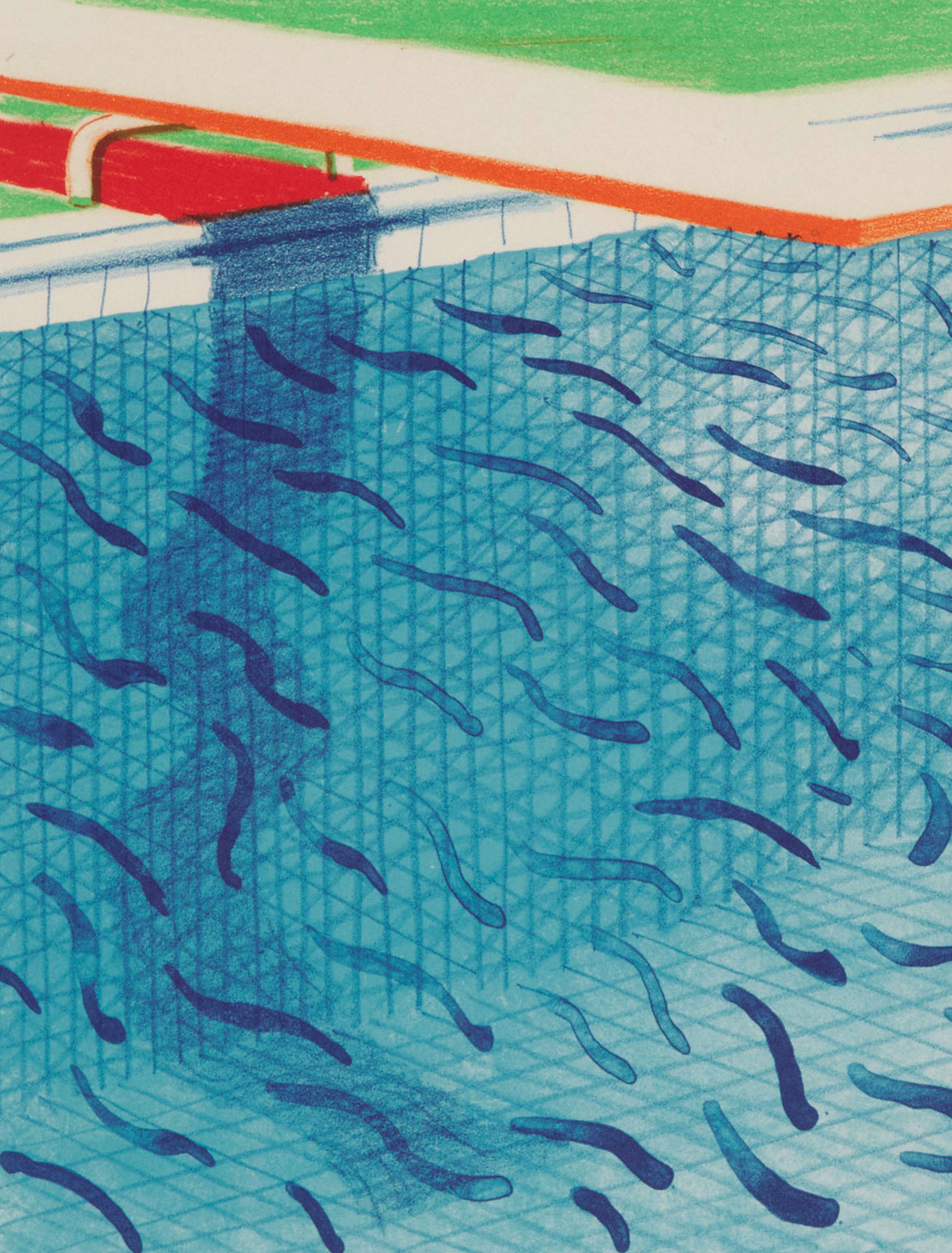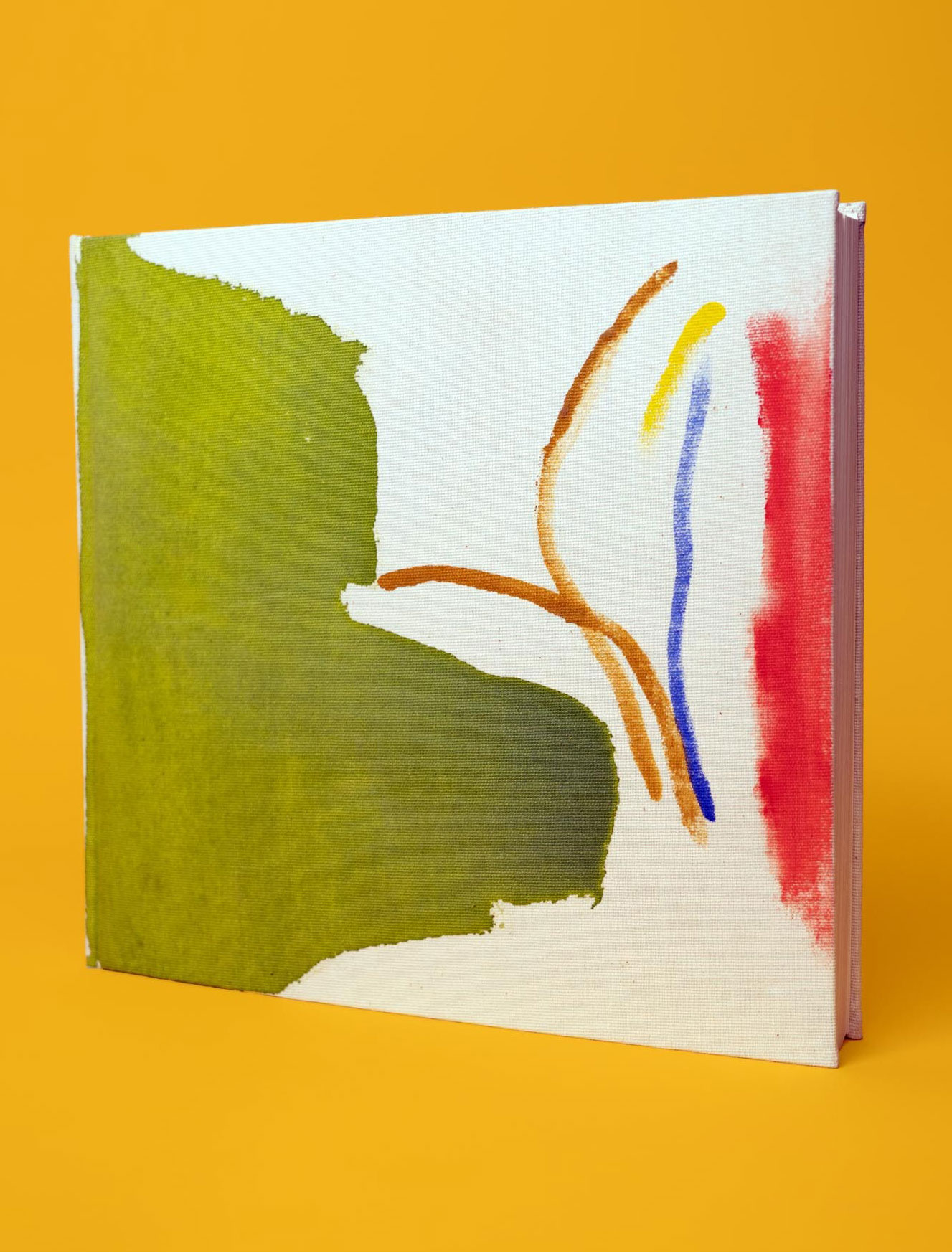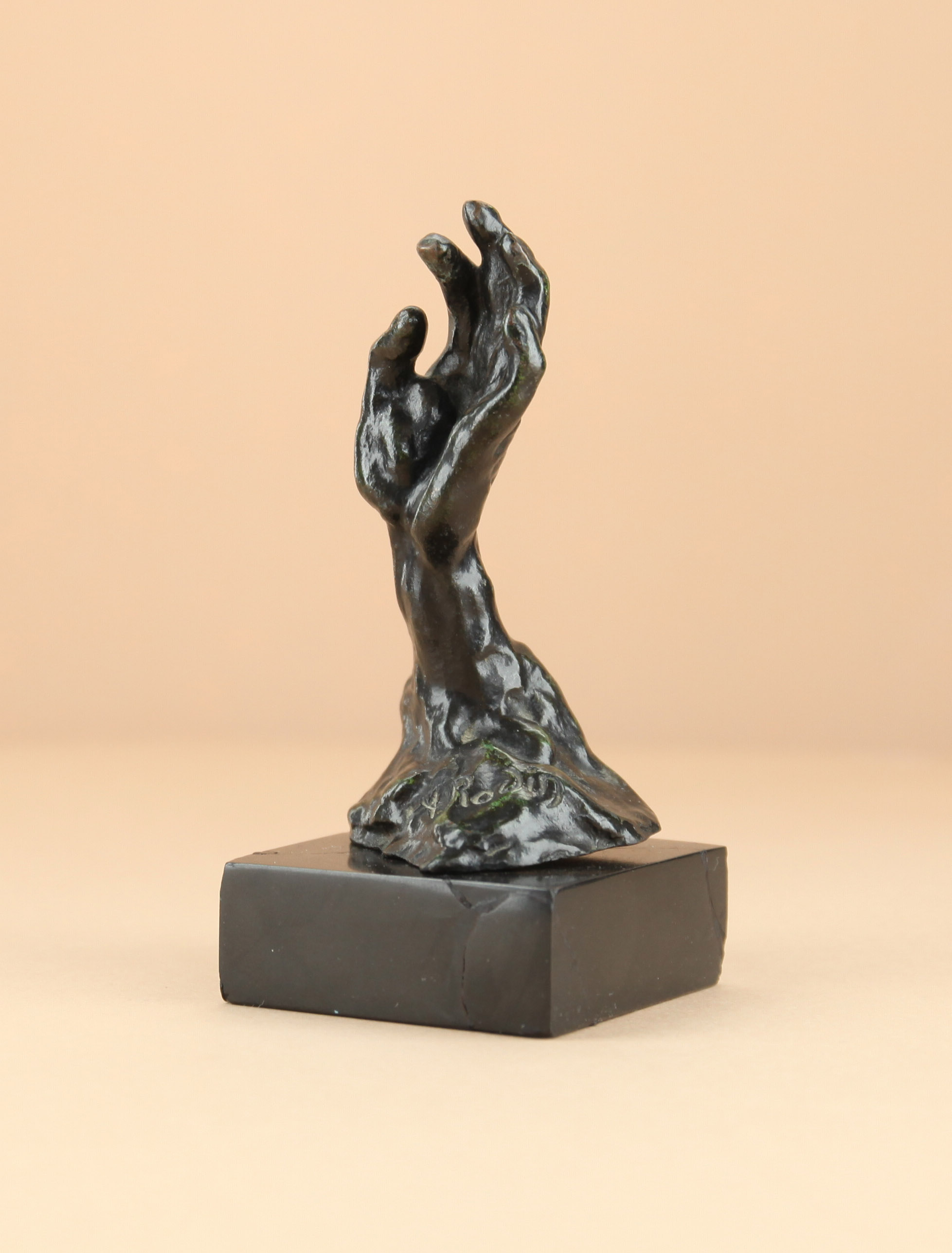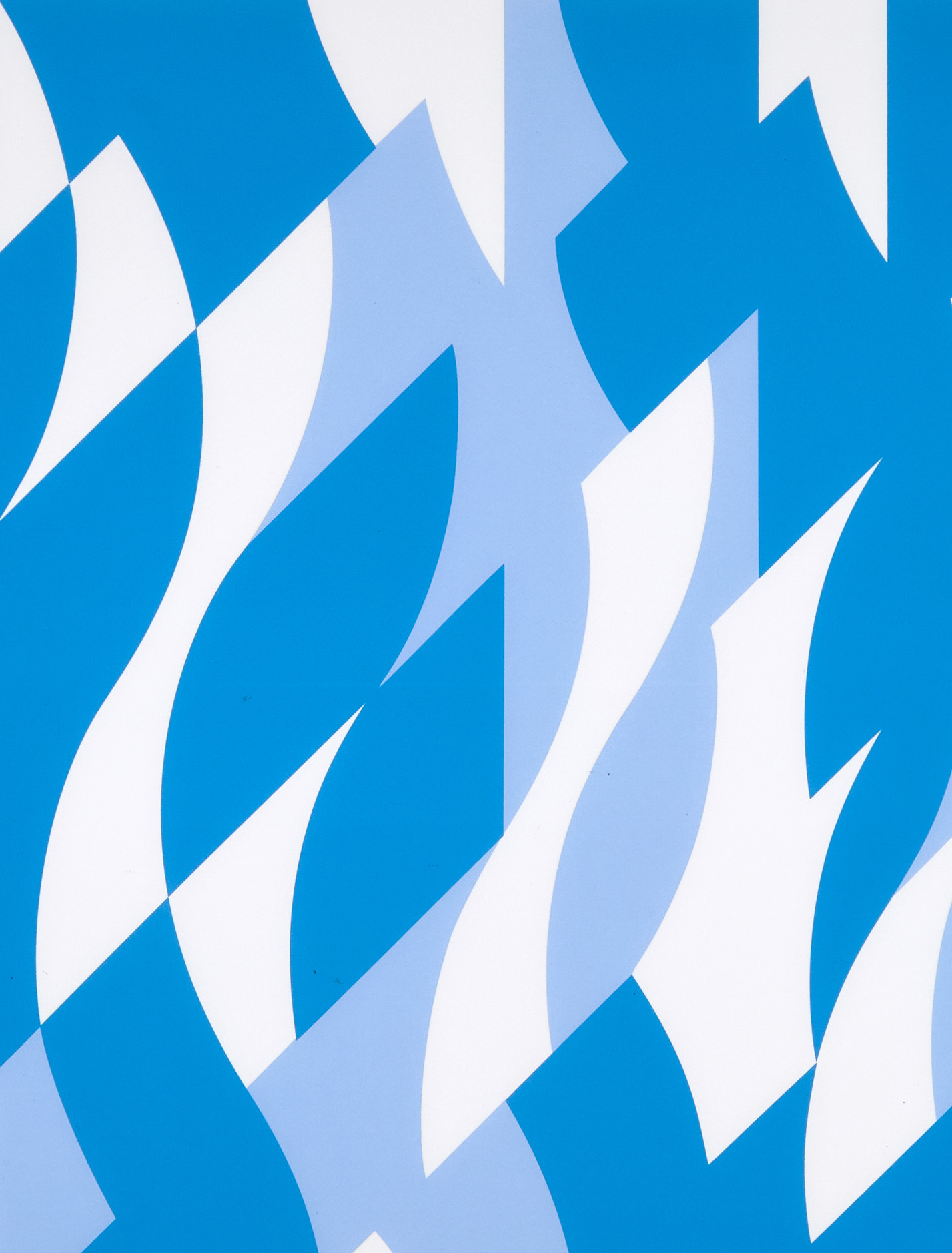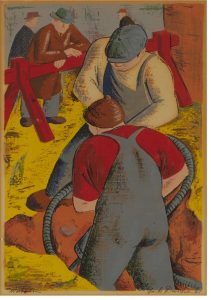
WORKMEN, 194. Colour silkscreen; signed, titled and dated ’41 in pencil to margin. 14 ins x 10 ins; 35.6 cms x 25.4 cms. Estimate $600-$900
What do the Hoover Dam, LaGuardia Airport and lot 1 in our upcoming Prints & Photography auction have in common? All three were financed through President Franklin D. Roosevelt’s New Deal.
THE NEW DEAL
Roosevelt’s New Deal was introduced in 1933 in an effort to bring about economic relief during the Great Depression. Roosevelt had campaigned for the presidency on a platform that argued for the advancement of the “forgotten man,” a promise that helped him defeat the incumbent President Herbert Hoover by a landslide. Faced with overwhelming unemployment and a stagnant economy, Roosevelt acted swiftly. His first hundred days in power saw dramatic overhauls to legislation and increased government involvement in the running of the nation, contrary to the earlier ideals of laissez-faire economics. The New Deal implemented a series of programs and projects geared towards stabilizing the economy and providing jobs while introducing reforms in housing, labour, agriculture, finance, industry and power. The U.S. federal government was fundamentally and permanently changed by this initiative, expanding it in both size and scope.
THE WPA AND FAP
One of the offshoots of the New Deal was the creation of distinct agencies to deal with specific concerns, one of the best-known being the Works Progress Administration (WPA). The WPA’s goal was to create employment for out-of-work Americans, with the strict mandate that these new jobs could not compete with private industry. Instead, the WPA focused on construction projects, such as building post offices, schools, golf courses, highways and parks while also commissioning projects for artists, writers, musicians.
The WPA founded the Federal Art Project (FAP) in 1935 under the directorship of Holger Cahill. A curator, writer and art expert, Cahill was known prior for having organized the first exhibition of American Folk Art in 1930, and having worked as the acting director at the Museum of Modern Art (MoMA) from 1932-33. Under Cahill’s stewardship, FAP became “the largest art patron in the world,” and within a year of its inception, employed over 5,300 artists and art professionals. Slightly less than half worked in the fine arts, while the remainder were classified as craftsmen working in commercial or applied arts, as well as what was referred to by Cahill as “journeymen painters or sculptors of useful if not outstanding talent.”
Cahill had great ambitions, likening the project to the work of ancient civilizations, including those of Egypt, Greece and Rome. After the first year, FAP exhibited a selection of its commissioned works at MoMA, titled New Horizons. It was to serve as “a visual report to the public.” In Cahill’s words, “for the first time in American art history, a direct and sound relationship has been established between the American public and the artist.” More about that first exhibition as well as the full manuscript for the accompanying catalogue can be found on MoMA’s website.
The MoMA exhibition gave FAP and its commissions a great deal of institutional validation, but the program was more than just museum-quality art in big cities. Art and art instruction was brought into communities across the country. Artists were allowed to select the medium in which they wanted to work, ensuring a broad range of output. Participants were also selected from a broad swath of the population, outside of the tiny milieu of an insular artworld. Cahill worked to establish a broad new network, bringing his artist’s work into the museum and the public eye.
WORKMEN
“Workmen” by Frank Davidson (1912-1985) was funded by FAP, made six years after the program was first started. The print as a medium was given a high degree of prestige, in part due to its easy reproducibility and affordability—the perfect artform for the “forgotten man.” Cahill explains it as expressing “an honest taste, a genuine reflection of community interests and of community experience.” He continued, noting that “it would almost be possible to reconstruct a social history of our period from the prints produced on the Federal Art Project. The prints give a fresh and vital interpretation of life as it is lived in America today, and give first evidence of new directions. Every aspect of the American scene is reflected, the cities with their medley of architectural styles, skyscrapers, bridges, interiors, gasoline tanks, factories, subways, railways, airplanes, harbors, farms, cabins, wheat fields, mountains, mines, sports, politics, racial and social types, the whole kaleidoscope of American life.”
Some of Davidson’s work from the FAP period in his career was exhibited at the MoMA, and three of his prints are held in the permanent collection of the National Gallery of Art in Washington. Senior Waddington’s Specialist Susan Robertson notes that his work is reminiscent of the Ashcan School, a loosely affiliated artistic movement active during the late 19thand early 20thcentury. Ashcan artists were devoted to truthfully portraying life around them, often looking to poorer neighbourhood and workers as subjects.
ABOUT THE AUCTION
The Prints & Photography auction will be offered online from April 17-22, 2021. We invite you to browse the full catalogue.
With a selection of works by classic, modern and contemporary masters, this auction showcases impressive graphics by mid-20th century American printmakers alongside a selection of rare Canadian and international prints and folios by artists including Victor Vasarely, Pablo Picasso, Joan Miró and Josef Albers.
Please contact us for auction details, additional photographs, condition reports or virtual consultations.
Staying Connected
Interested in hearing about all of our auctions and events? Sign up for our e-newsletters.
Related News
Meet the Specialist

Kristin Vance
Consignment Specialist
Communications / Marketing




